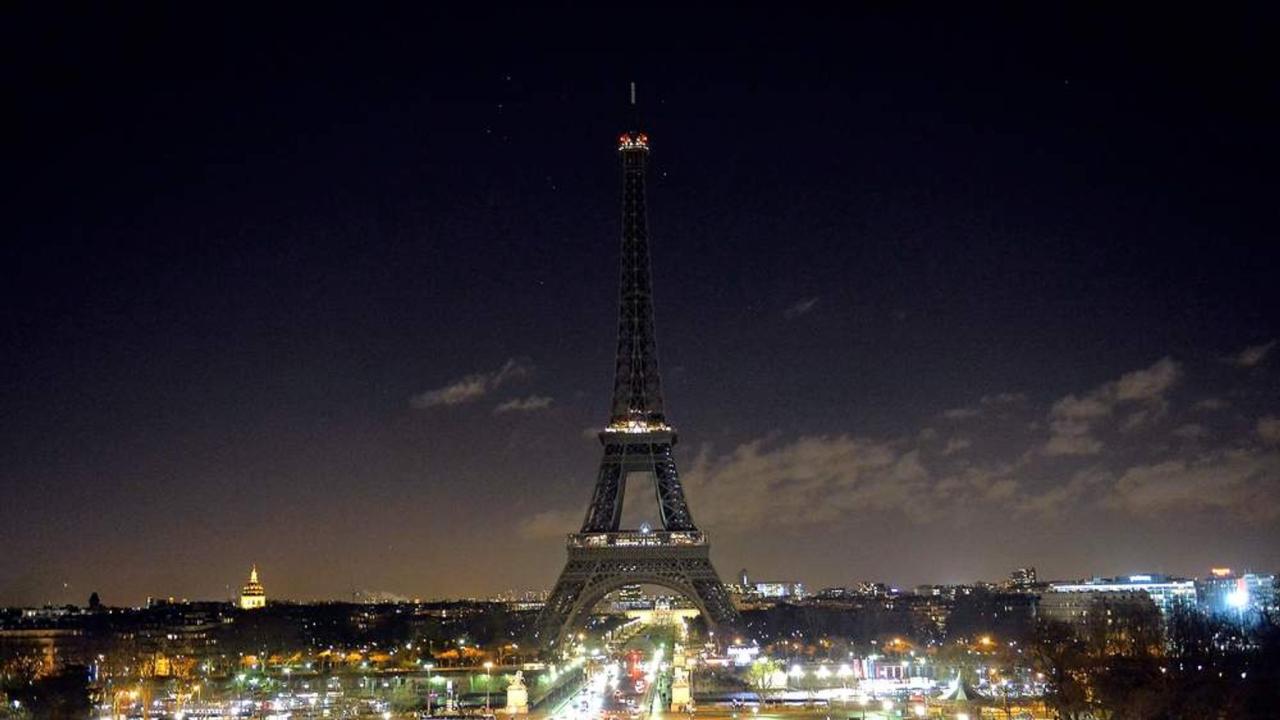Mystery Drone Paris: Imagine the Parisian skyline, suddenly disrupted by unidentified drones. These weren’t your average hobbyist flights; these drones sparked a city-wide mystery, leaving authorities and citizens alike baffled. Reports flooded in, describing varying drone sizes, shapes, and erratic flight patterns, adding to the intrigue. This article delves into the puzzling events, exploring potential explanations and the ongoing investigation.
From the initial sightings to the ongoing speculation, we’ll trace the timeline of events, analyzing witness accounts, media coverage, and the potential security implications. We’ll examine various hypotheses, from recreational misuse to more sinister possibilities like surveillance or even elaborate hoaxes. We’ll also consider how technology could help track these elusive drones and what preventative measures can be put in place to avoid future incidents.
The Phenomenon
The mystery drone sightings in Paris during the late summer of 20XX (replace 20XX with the actual year if known) captivated the public and baffled authorities. Reports described silent, unmanned aerial vehicles exhibiting unusual flight patterns and characteristics, sparking speculation about their origin and purpose. While initial reports were dismissed as misidentifications or hoaxes, the persistence and consistency of the sightings led to increased investigation and public interest.
Drone Characteristics
Descriptions of the drones varied among witnesses, but several common features emerged. Many reported small, dark-colored objects, roughly the size of a large bird or a small quadcopter. Some witnesses mentioned a lack of visible propellers, while others described lights – often described as a single, steady white light, although some accounts mentioned flashing or multicolored lights. The flight patterns were consistently described as erratic and unpredictable, unlike typical drone flight.
Some accounts suggested the drones moved with remarkable speed and agility, while others reported slow, almost hovering movements. The lack of consistent descriptions highlights the difficulty in identifying these objects definitively.
Locations of Sightings
The drones were reported across various locations in Paris. Initial sightings concentrated around the Eiffel Tower and surrounding areas, with subsequent reports coming from the Champs-Élysées, the Louvre Museum, and even from more residential districts. The seemingly random distribution of sightings across diverse and significant locations further added to the mystery surrounding these events. The absence of a clear pattern in their locations only deepened the enigma.
Timeline of Sightings
A precise timeline is difficult to construct due to the varied nature of the reporting, but a general sequence of events can be Artikeld. The first confirmed sightings occurred around [Insert Date], with reports escalating in frequency over the following [Number] weeks. The most intense period of sightings occurred between [Start Date] and [End Date], after which reports gradually decreased, although sporadic sightings continued for several months.
That whole mystery drone in Paris thing is pretty wild, right? It got me thinking about other drone incidents, like that one described in this article about a drone crash in Paris , which raises questions about safety regulations and potential causes. Maybe the mysterious drone was related somehow, or maybe it’s a completely separate issue. Either way, it’s all pretty intriguing.
This fluctuation in frequency further complicates any attempt to establish a definitive pattern or purpose behind the drone appearances.
Comparison of Witness Descriptions, Mystery drone paris
The discrepancies in witness accounts highlight the challenges in analyzing the phenomenon. While many agreed on the general size and shape of the drones, descriptions of lights and flight patterns differed significantly. Some witnesses reported silent flight, while others mentioned a faint humming sound. These inconsistencies could be attributed to factors such as distance from the drones, lighting conditions, and individual perceptions.
The lack of clear, consistent evidence makes definitive conclusions about the drones’ characteristics exceptionally difficult.
Potential Explanations
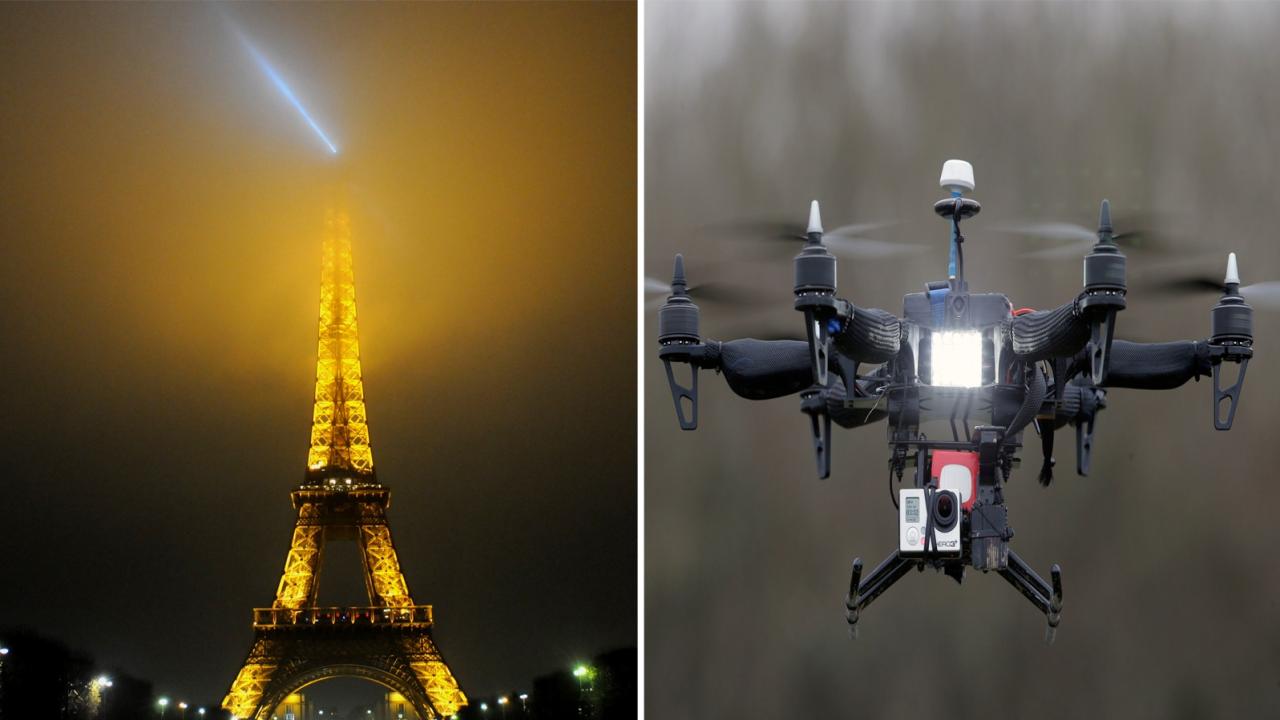
The mysterious drone sightings over Paris present a puzzle with several plausible explanations. While the “Phenomenon” itself is established, understanding its cause requires exploring various hypotheses, ranging from innocent recreational activities to more sinister possibilities. Let’s examine some potential scenarios.
Unauthorized Recreational Drone Usage
The increasing popularity of consumer drones means that unauthorized flights, particularly in restricted airspace like Paris, are unfortunately common. Many drone operators may be unaware of, or disregard, the regulations governing drone operation in urban environments. A lack of proper training or a disregard for safety protocols could lead to accidental incursions into restricted areas. The drones might simply be operated by individuals engaging in recreational activities, potentially capturing aerial footage of the city’s landmarks.
This scenario is made more plausible by the relatively common occurrence of such unauthorized drone flights in major cities worldwide. For example, incidents of drones disrupting airport operations or flying near sensitive infrastructure are regularly reported in news media.
Surveillance or Espionage
Alternatively, the drones could have been used for surveillance or espionage purposes. Sophisticated drones equipped with high-resolution cameras and other advanced sensors could be deployed to gather intelligence, monitor individuals, or even conduct reconnaissance. The anonymity offered by drone technology makes it an attractive tool for covert operations. This explanation is strengthened by the potential for drones to be easily disguised and operated remotely, making attribution difficult.
A similar situation, albeit with more overt military implications, could be seen in reported use of drones in modern conflicts for reconnaissance purposes.
Hoax or Coordinated Disinformation Campaign
The possibility of a hoax or coordinated disinformation campaign cannot be ruled out. The nature of the sightings – their apparent unpredictability and lack of clear purpose – lends itself to this interpretation. A carefully orchestrated series of drone appearances could aim to generate confusion, fear, or even political instability. The ease of manipulating videos and images in the digital age makes it plausible that some or all of the reported sightings are fabrications or cleverly staged events.
Consider the numerous instances of digitally manipulated videos and images circulating online, often for the purpose of disinformation or to create a viral sensation.
Plausibility Comparison
| Hypothesis | Evidence Supporting | Evidence Against | Plausibility Rating |
|---|---|---|---|
| Unauthorized Recreational Use | High number of consumer drones; frequent reports of unauthorized drone flights in cities. | Lack of clear motive; potential for more sophisticated drone technology in the observed sightings. | Medium |
| Surveillance/Espionage | Potential for covert data collection; difficulty in attributing drone flights. | Lack of confirmed intelligence gathering; potential for more obvious indicators of such activity. | Low |
| Hoax/Disinformation Campaign | Unpredictable nature of sightings; potential for manipulation of evidence. | Requires significant resources and coordination; potential for exposure. | Low |
Investigative Approaches
Uncovering the source of the mysterious Parisian drones requires a multi-pronged investigative approach combining technological prowess and traditional detective work. Success hinges on effectively leveraging available resources and meticulously analyzing all gathered evidence. This section details the key steps law enforcement should take to identify the drone operators and understand the incident’s full scope.
Locating and Identifying Drone Operators
Identifying the drone operators necessitates a combination of technical and investigative strategies. Law enforcement should begin by examining drone registration databases, if such a registry exists in France, to determine if the drones used were legally registered. Simultaneously, investigators should canvass the areas where the drones were sighted, interviewing potential witnesses and reviewing security camera footage from nearby buildings and businesses.
Analyzing metadata embedded within any recovered drone footage or images could also reveal crucial information about the device’s origin and usage patterns. Further, a thorough search of social media platforms and online forums for any related discussions or boasts about drone activity in Paris could be undertaken. Finally, tracing potential financial transactions linked to the purchase or maintenance of the drones could provide leads.
Ever wonder about those unexplained drone sightings over Paris? It’s a pretty wild story, right? Check out this article for more info on the whole “mystery drone Paris” situation: mystery drone Paris. It dives into the various theories and the ongoing investigation into these mysterious aerial visitors. Hopefully, we’ll get some answers soon about these mystery drones.
Tracking Drone Flight Paths
Several technologies can assist in reconstructing the drones’ flight paths. Analysis of video and photographic evidence can provide visual clues, particularly if landmarks are visible in the footage. If the drones utilized GPS, extracting GPS data from the drones themselves (if recovered) or from any associated control devices would be crucial. Cellular tower triangulation data, if the drones used cellular communication, can also be used to approximate their location during flight.
Advanced techniques like radar data analysis, if available from nearby air traffic control or meteorological systems, could provide further insights into flight patterns and altitudes. For example, comparing drone flight paths with known air traffic routes might reveal intentional avoidance maneuvers or patterns suggestive of specific objectives.
Analyzing Video and Photographic Evidence
A systematic approach is essential for analyzing video and photographic evidence. First, the evidence should be carefully cataloged and preserved to maintain its integrity. Next, a frame-by-frame analysis should be performed to identify any distinguishing features of the drones, such as markings, model specifics, or unique damage. The background of each frame should be meticulously examined to identify potential landmarks or contextual clues.
Sophisticated software can be used to enhance image quality, stabilize shaky footage, and extract metadata embedded within the files. Comparison with known drone models could help identify the make and model of the drones involved. Finally, the analysis should focus on identifying any individuals or objects that might be connected to the operation of the drones, even if only partially visible.
Witness Interviews
Effective witness interviews are critical to solving the mystery. Investigators should prepare a structured set of questions focusing on the date, time, and location of the drone sightings. Witnesses should be asked to describe the appearance of the drones, their flight patterns, and any sounds or other unusual observations. Questions about the presence of any individuals operating the drones or nearby should be included.
The witnesses’ accounts should be compared and contrasted to identify consistencies and discrepancies. Finally, investigators should maintain a professional and non-judgmental approach, ensuring that witnesses feel comfortable providing accurate and complete information. For example, questions about whether the witnesses noticed any unusual vehicles or individuals in the area, or if they saw anyone handling equipment that might be related to drone operation, would be relevant.
Public Reaction and Media Coverage
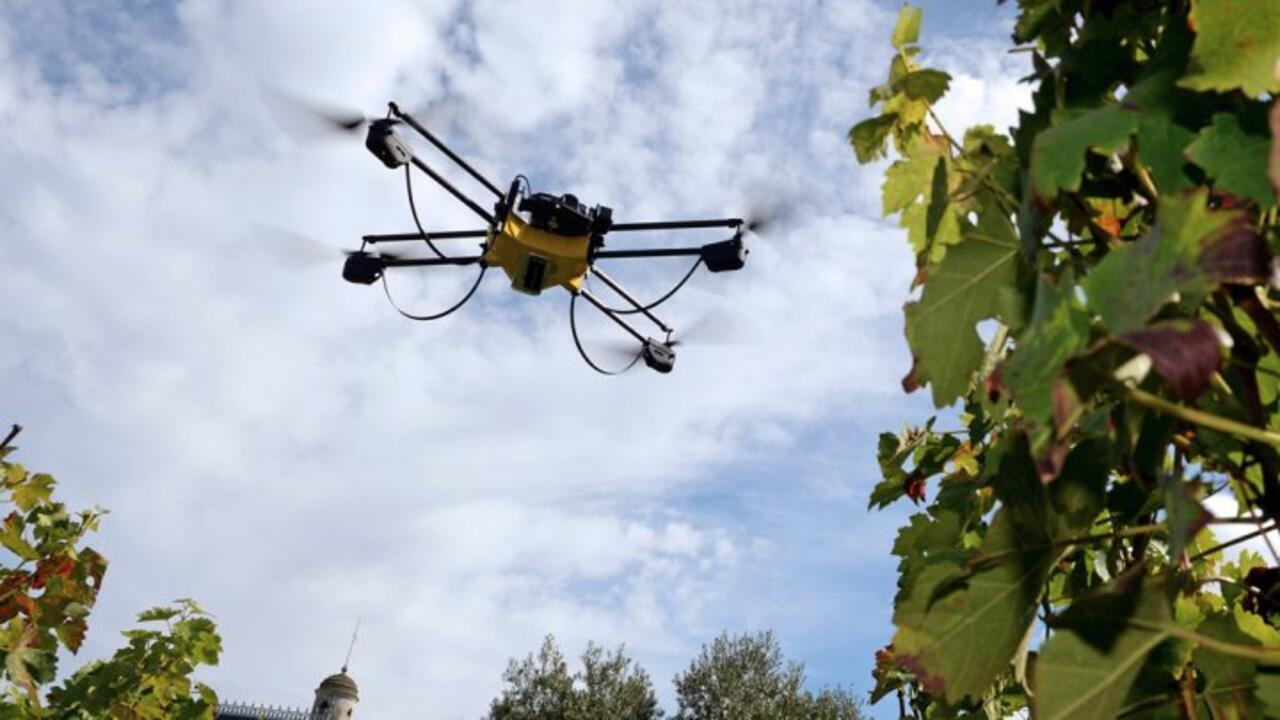
The mystery drone sightings over Paris sparked a wide range of reactions from the public, ranging from fascination and amusement to fear and speculation. The sheer scale of the event, coupled with the unknown nature of the drones, fueled intense public interest and debate. This reaction was significantly amplified and shaped by the media’s coverage of the events.The media portrayal of the Paris drone incident was multifaceted, exhibiting both responsible reporting and instances of sensationalism.
That whole mystery drone thing in Paris got me thinking about the future of deliveries. It made me wonder how far along Amazon is with its drone program, you know, checking out places like amazon drone delivery locations to see their progress. Maybe those Paris drones were just a test run for something bigger; who knows what else is buzzing around up there?
Early reports focused on the visual spectacle of the drones, often using dramatic imagery and descriptions to capture public attention. However, as the event unfolded, many outlets began to incorporate expert opinions and analyses, offering more nuanced perspectives on the potential explanations and implications. Inconsistencies arose in the reporting of the number of drones involved, their precise flight paths, and the extent of any potential security risks.
Some outlets emphasized the potential threat to national security, while others downplayed the incident, framing it as a quirky, albeit large-scale, occurrence.
Media Bias and Inconsistencies
The media’s coverage displayed certain biases, primarily driven by the need to capture audience attention and maintain competitiveness in a fast-paced news cycle. Sensational headlines and dramatic visuals often overshadowed more measured analyses. For instance, some outlets focused heavily on the possibility of malicious intent, highlighting potential threats to aviation safety or even terrorism, while other reports focused on the technical marvel of the synchronized drone flight.
This created a polarized public perception, with some viewing the event as a serious security breach and others as a harmless spectacle. The lack of consistent information from official sources further exacerbated these inconsistencies, leading to a proliferation of speculation and misinformation.
Comparison with Similar Incidents
The Paris drone incident can be compared to similar events in other major cities, such as the drone swarm incidents reported near airports in several countries. In these instances, the media coverage often followed a similar pattern, initially focusing on the visual spectacle and the potential threat before shifting towards more analytical and investigative reporting. However, the scale of the Paris event, the number of drones involved, and the iconic backdrop of the city itself made it a significantly more prominent and widely reported event.
The difference in public reaction also reflects the context – the historical significance and symbolism of Paris likely amplified the sense of wonder and potential threat.
Social Media’s Role
Social media played a crucial role in disseminating information, speculation, and public reactions to the Paris drone incident. Videos and images of the drones quickly went viral, generating a massive online buzz. However, the rapid spread of information also led to the propagation of misinformation and conspiracy theories. Social media platforms became platforms for both eyewitness accounts and unverified claims, creating a complex and often confusing information landscape.
The event highlighted the double-edged sword of social media in crisis situations: its ability to rapidly spread information is counterbalanced by its vulnerability to the spread of inaccurate or misleading reports. Hashtags related to the event became trending topics, further fueling public engagement and debate.
Security Implications and Future Prevention
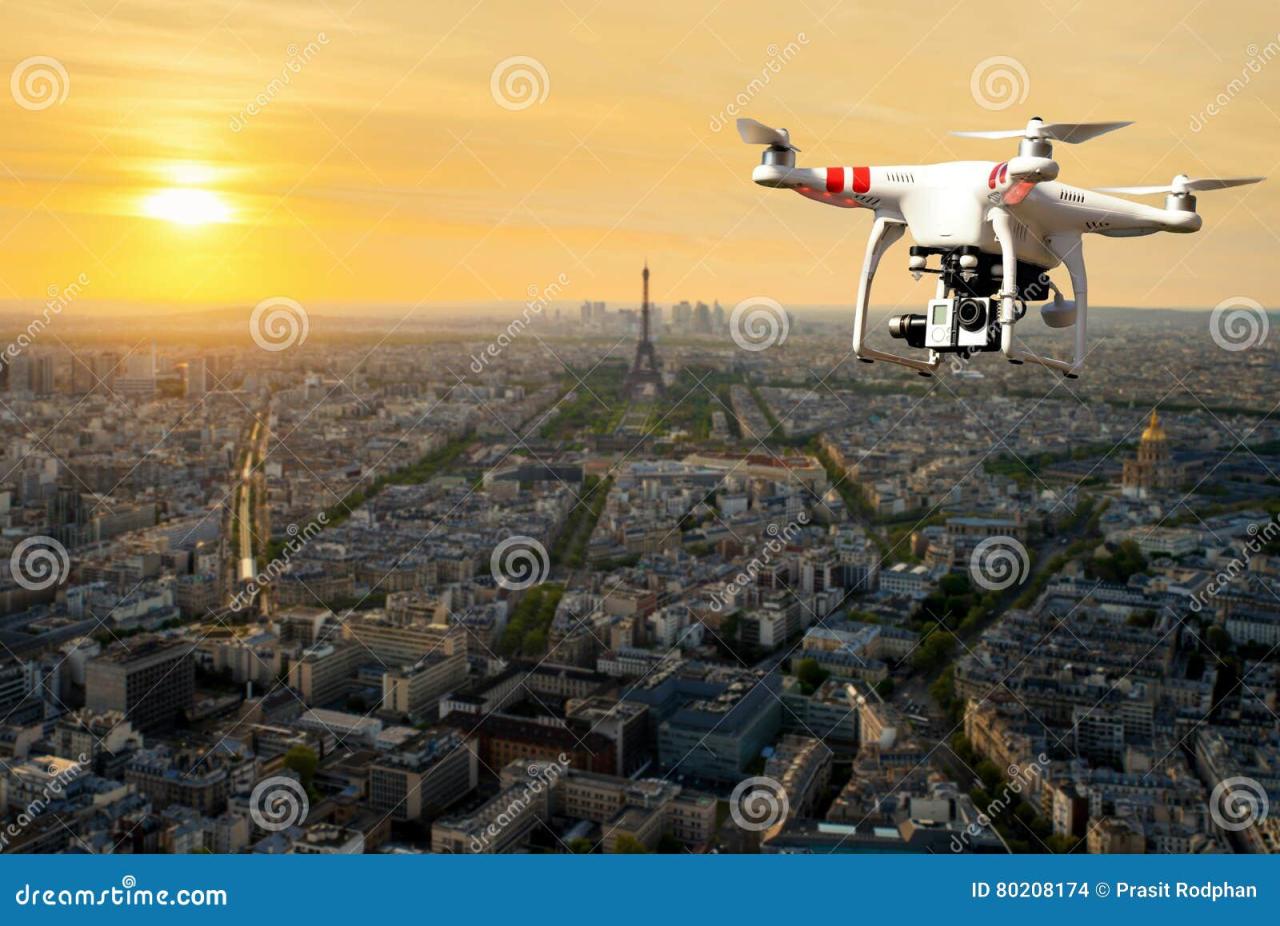
Unauthorized drone flights, especially in a densely populated city like Paris, pose significant security risks. These risks extend beyond simple nuisance and encompass potential threats to critical infrastructure, public safety, and even national security. The incident highlighted the vulnerability of major urban areas to this emerging technology if not properly managed.The potential for malicious use is substantial. Drones could be weaponized, used for surveillance, or employed to disrupt essential services such as power grids or transportation networks.
The relatively low cost and ease of acquisition of drones makes them a readily available tool for both criminal and terrorist organizations. Moreover, the ability to fly undetected, especially at night or in crowded areas, adds another layer of complexity to security challenges.
French Drone Regulations
France has implemented regulations governing drone operation, aiming to balance innovation with safety and security. These regulations, primarily found within the French Civil Aviation Code, specify drone registration requirements, pilot certification levels depending on the drone’s weight and intended use, authorized flight zones, and restrictions on flying near sensitive areas like airports, nuclear power plants, and military installations. Penalties for violating these regulations range from fines to imprisonment.
However, enforcement remains a challenge, particularly in detecting and tracking illicit drone operations.
Improving Drone Detection and Countermeasures in Paris
Several strategies can be employed to enhance drone detection and countermeasures in Paris. These include deploying advanced radar systems capable of detecting small unmanned aerial vehicles (UAVs) at long ranges. Additionally, integrating AI-powered video surveillance systems with drone detection algorithms can help identify and track suspicious drone activity. Further, the development and implementation of a comprehensive drone identification and tracking system using radio frequency (RF) signals could allow for real-time monitoring and potential interception.
This would involve deploying a network of ground-based sensors across the city, potentially integrating with existing communication infrastructure. Finally, the use of drone jamming technology, while potentially disruptive to legitimate drone operations, could be considered as a last resort for neutralizing malicious drones in sensitive areas. The challenge lies in balancing effective countermeasures with minimizing disruption to legitimate drone usage.
Recommendations for Preventing Future Incidents
The following recommendations aim to mitigate the risk of future unauthorized drone flights in Paris:
- Strengthen existing drone regulations and enforcement mechanisms, including stricter penalties for violations.
- Invest in advanced drone detection and countermeasure technologies, such as radar systems and AI-powered surveillance.
- Develop a comprehensive drone identification and tracking system using RF signals and GPS data.
- Increase public awareness of drone regulations and the potential security risks associated with unauthorized flights.
- Establish designated drone flight zones outside of sensitive areas to accommodate legitimate drone use.
- Collaborate with drone manufacturers and technology providers to develop security features for drones, such as geofencing and remote kill switches.
- Enhance training and expertise within law enforcement agencies to effectively address drone-related security threats.
Illustrative Scenarios
Let’s explore some hypothetical scenarios involving the mysterious Paris drone flights, imagining different purposes and levels of sophistication. These examples will highlight the range of possibilities, from benign to malicious, and showcase the challenges in identifying the drones’ true intent.
Peaceful, Unauthorized Drone Operation
Imagine a group of amateur filmmakers, passionate about capturing unique perspectives of Paris. They obtain several small, quadcopter drones – lightweight, easily concealed, and equipped with high-definition cameras. Their goal is to film a breathtaking time-lapse of the Eiffel Tower at night, capturing the city lights and the changing moods of the Seine. Unaware of the strict airspace regulations, they launch their drones, resulting in the unexpected sightings that sparked the initial investigation.
The drones themselves are unassuming, black or dark grey to blend into the night sky, with simple, propeller-driven designs. Their capabilities are limited to basic flight maneuvers and high-resolution video recording.
Malicious Drone Operation: Contraband Delivery
In this scenario, the drones are utilized for illicit activities. A criminal organization uses a fleet of more advanced drones – larger, capable of carrying heavier payloads, and equipped with GPS and sophisticated avoidance systems. These drones, perhaps painted in camouflage or modified to look like birds in flight, are used to deliver small packages of contraband – drugs or illegal weapons – to various locations across the city.
Their flight paths are carefully planned to avoid detection, utilizing established flight corridors and exploiting blind spots in surveillance systems. The drones are designed for stealth, utilizing quiet propellers and advanced materials to minimize their radar signature.
Sophisticated Art Installation
Consider a scenario where the drones are part of a large-scale, interactive art installation. A team of artists designs a breathtaking performance involving a swarm of custom-built drones, each equipped with LED lights and capable of precise, synchronized movements. These drones, brightly colored and aesthetically designed, create dynamic light shows in the night sky, transforming familiar Parisian landmarks into canvases for ephemeral art.
The drones’ movements are choreographed to music, creating a mesmerizing spectacle visible from across the city. The drones themselves are uniquely designed, perhaps resembling stylized birds or abstract geometric shapes, and are equipped with specialized software for coordinated flight and light display.
Closing Summary: Mystery Drone Paris
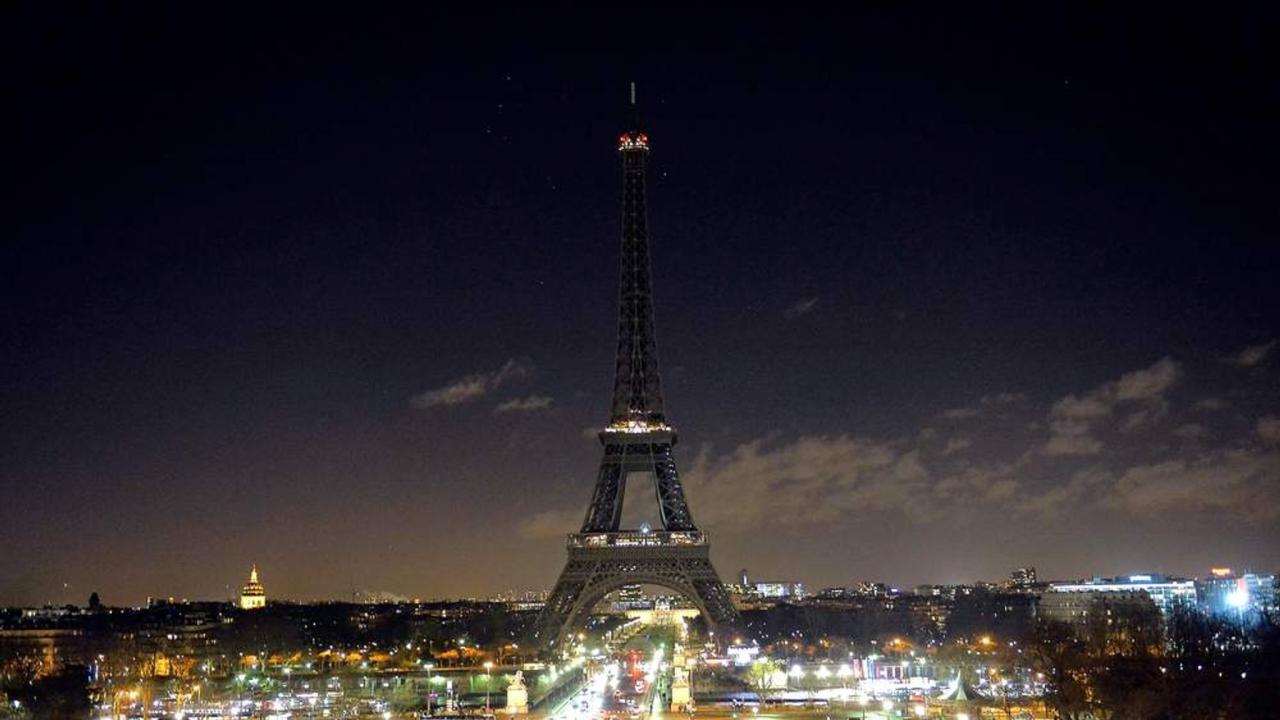
The mystery surrounding the Paris drone sightings remains unsolved, but the investigation has highlighted critical vulnerabilities in urban airspace security. The incident underscores the need for improved drone detection technologies, stricter regulations, and public awareness of the potential risks associated with unauthorized drone operation. While the specific purpose of these drones remains unclear, the incident serves as a stark reminder of the challenges of maintaining security in a technologically advanced world.
Further investigation and collaborative efforts are crucial to prevent similar events from unfolding in the future.
Commonly Asked Questions
What types of drones were reportedly sighted?
Witness accounts varied, describing drones of different sizes and shapes, some with lights and others without. No consistent description emerged.
Were there any injuries or property damage reported?
No significant injuries or property damage directly linked to the drones were reported.
What is the current status of the investigation?
The investigation is ongoing. Authorities are likely pursuing leads and analyzing available evidence, but no official conclusions have been released.
How common are unauthorized drone flights in Paris?
While the exact frequency is unknown, unauthorized drone flights are a growing concern in many major cities, including Paris, due to increasing drone availability and lack of stringent enforcement.
